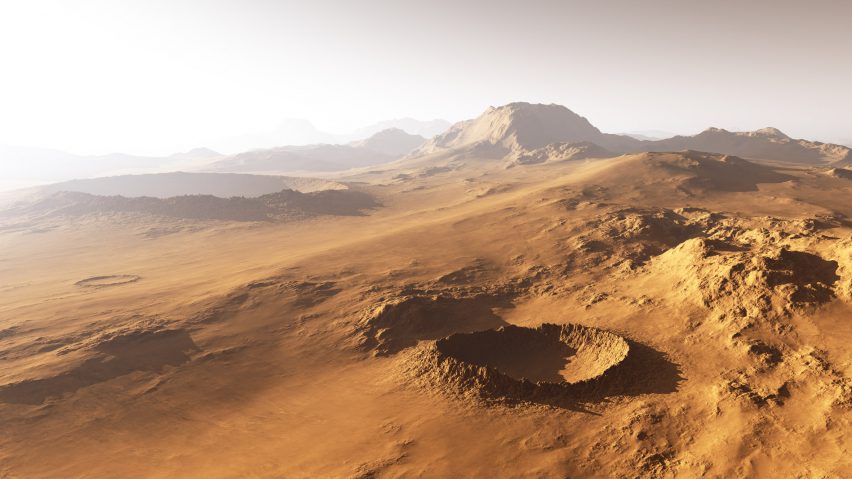Researchers at Harvard University have devised a way to terraform Mars by placing sheets of silica aerogel on the planet's surface, which would warm it up to make it suitable for growing plants.
Robin Wordsworth from Harvard University collaborated with Ronald L Kerber from California Institute of Technology and Charles Cockell from the University of Edinburgh, among other scientists, to produce the research project released in a report on Nature Astronomy.
The trio devised the "silica aerogel greenhouse shields" to transform the surface of Mar, which has low temperatures and high-ultraviolet radiation levels, so that it could be suitable for farming. The system is intended as a simple way to warm the ground, melt the ice, and make it suitable environment for plants.
Shields would replicate greenhouse effect
The shields would be made from silica aerogel, a transparent material with a low-thermal conductivity. Spreading them across the planet's surface would mimic the greenhouse effect by trapping heat that would warm the ground below.
A thin layer of silica aerogel, which is a gel but is made up 97 cent air instead of liquid, would be enough to raise the temperature of the Martian surface to above the melting point of water.
It would also block hazardous ultraviolet radiation and allow enough visible light for photosynthesis to occur.
"Mars could be made habitable to photosynthetic life"
"We show that widespread regions of the surface of Mars could be made habitable to photosynthetic life in the future via a solid-state analogue to Earth's atmospheric greenhouse effect," said the team.
A number of proposals have already been developed to terraform Mars but these typically require major environmental modifications. Silica aerogel shields, however, could be applied to specific areas, in a less obtrusive alternative and can be easily scaled up.
"If we want to make sustainable habitats on another planet using present-day technology, this approach could be very useful," Wordsworth told the Guardian. "It's completely scalable, so the area covered could be anywhere from a few square metres to large regions of the planet."
Approach requires "less infrastructure or maintenance" than others
The scientists conducted a number of experiments in Mars-like environments to test the warming potential of the sheets. It found that that layers of silica aerogel measuring two to three centimetres thick were enough to warm the surface to the melting point of liquid water or higher.
Other tests that explored the effects of the sheet covering over time found that they could warm up several metres below surface level to allow for liquid water for years after years.
"Our results show that via the solid-state greenhouse effect, regions on the surface of Mars could be modified in the future to allow life to survive there with much less infrastructure or maintenance than via other approaches," the team added.
"The creation of permanently warm regions would have many benefits for future human activity on Mars, as well as being of fundamental interest for astrobiological experiments and as a potential means to facilitate life-detection efforts."
System could be used in hostile environments on Earth
The investigation also looked into the best Martian environments for implanting the sheets, including nutrient availability and quantities of dust deposition. The research indicates that a number of nutrients are readily available on Mars, with some such iron and sulfur in higher amounts than on Earth.
There are a number of issues that still need to be addressed with applying the concept to Mars, including ways to manufacturer the product on the site, and whether there is life on Mars that could be damaged by the installations.
In the meantime, however, the team adds that the solid-state greenhouse concept could also be used to improve the fertility of hostile environments on Earth, like Antarctica and Chile's Atacama Desert.
The research project is the latest in a series that aim to make the Mars habitable, after NASA's robotic Curiosity rover landed on the red planet in 2012. Others have included Martian concrete for building architecture in outer space and an eco city designed by Italian architect Stefano Boeri.
Architecture firm Foster + Partners has also been investigating the possibilities for building on the planet.
Image is courtesy of Shutterstock.

